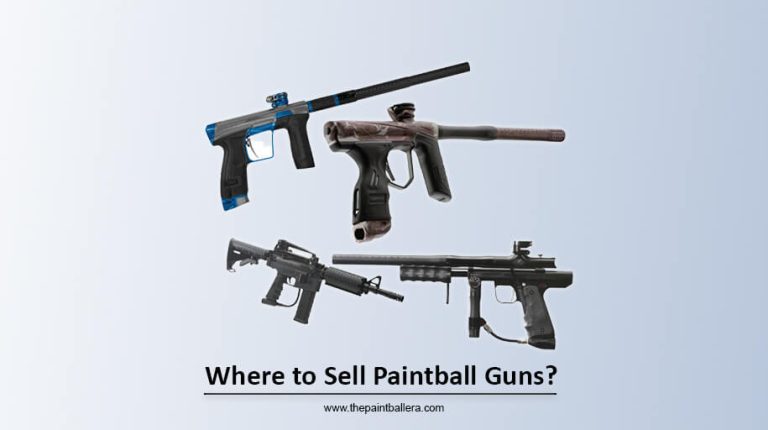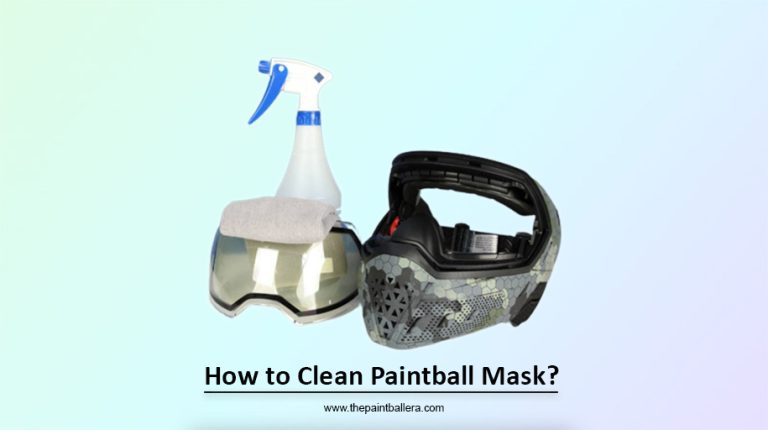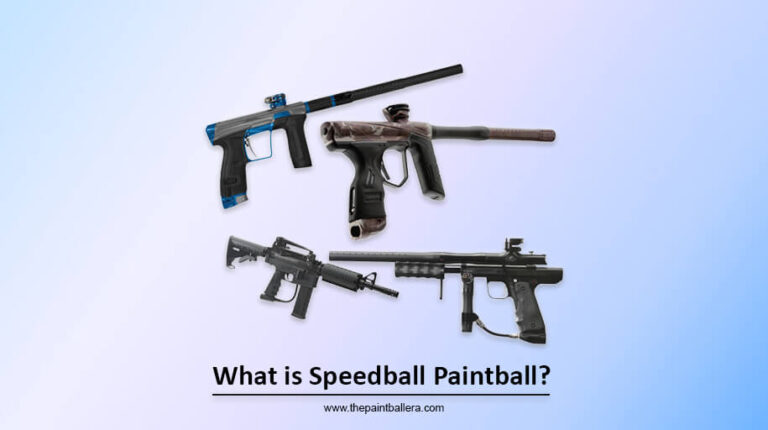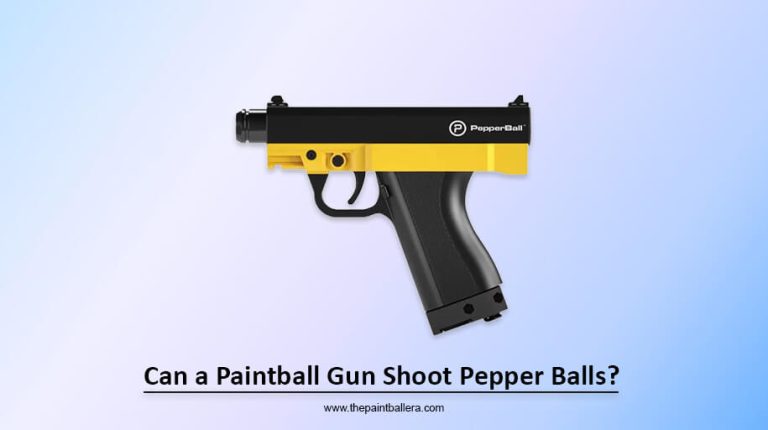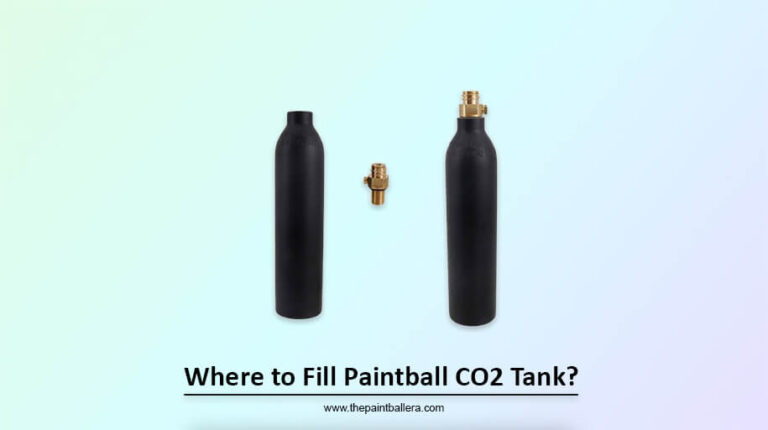How Fast Does a Paintball Gun Shoot?
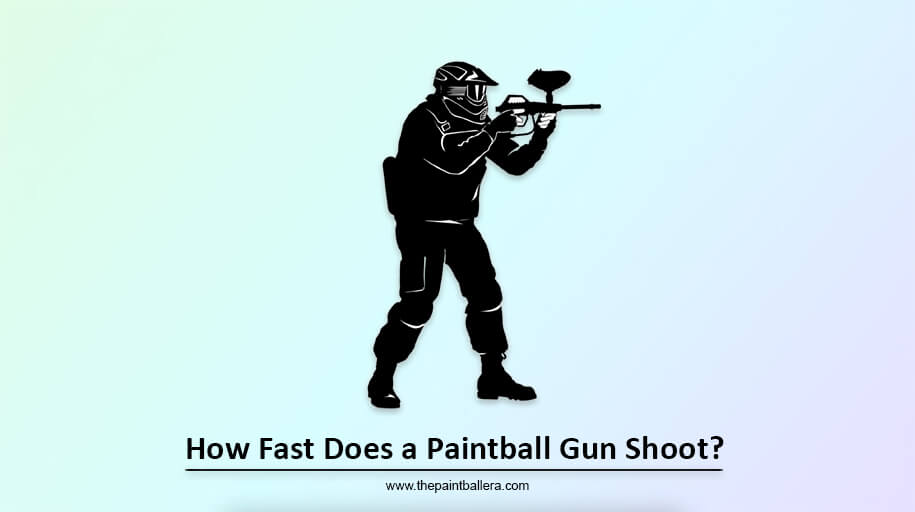
Hey there, paintball enthusiasts! Have you ever found yourself ducking behind a bunker, adrenaline pumping, and thought, “Wow, that paintball whizzed by really fast!”? It’s an exciting experience but also gets you wondering, “How fast does a paintball gun shoot?” You’re not alone in your curiosity.
Whether you’re a seasoned paintball pro or a newbie looking for some action-packed fun, understanding the speed of a paintball gun can add another layer to your game strategy, not to mention help you gear up—literally and figuratively—for what’s to come.
In this comprehensive guide, we’ll break down everything you need to know about paintball guns’ speed, accuracy, and impact. We’ve got you covered, from the techy bits on how these guns achieve their speed to the good-to-know info like how hard a paintball hit is.
How Fast Can A Paintball Gun Shoot?
When it comes to speed, paintball guns aren’t exactly one-size-fits-all. On average, a paintball gun can shoot from 260 to 300 feet per second (fps). However, some advanced models can even reach higher velocities.
In most recreational paintball fields, the speed is regulated and often capped at around 280 fps for safety reasons. Breaking that speed limit can be a potentially dangerous game foul.
It’s important to remember that different types of paintball guns—like pump-action, mechanical, and electronic—may offer varying speeds. Factors like the type of paintballs used and the external environment can affect how fast your gun can shoot.
So, while you might be lured by the speed demon in you to go for the fastest gun out there, it’s essential to consider these variables when picking your weapon of choice.
How Does A Paintball Gun Shoot Fast?
You might be surprised to learn that the speed of a paintball gun depends on a couple of critical components. First off, let’s talk about the fuel. The most common types are CO2 and High-Pressure Air (HPA).
CO2 was popular back then but could be more consistent in providing stable speeds, especially when it gets cold. On the other hand, HPA offers more consistency and is often preferred by serious players.
The gun’s internal mechanism also plays a huge role. In a mechanical gun, the trigger pull releases a bolt that pushes the paintball into the barrel, where it’s met with a burst of air or gas to propel it forward.
Electronic guns work similarly but are generally faster because they use circuit boards to control the firing mechanism. These electronic guns can shoot as many as 20 paintballs per second.
How Hard Is A Paintball Hit?
So, you’ve got this speedy paintball whizzing through the air, but what happens when it finds its mark—specifically, you? A paintball hit can sting, no doubt about it. The sensation is often described as a quick, sharp pinch and usually leaves a small, circular welt on the skin.
Trust me, it’s not something you’d want to experience without any protection. The impact’s intensity can vary based on several factors: the distance between you and the shooter, the speed of the paintball, and where it hits you. A close-range high-speed hit can be unpleasant and may even leave a bruise.
How To Protect Yourself From A Bad Paintball Hit?
Ah, the million-dollar question. Getting hit is part and parcel of the paintball experience, but that doesn’t mean you should take it lightly. Safety should always be your priority. So, how can you minimize the ouch factor?
1. Wear Proper Gear: A full-face mask is a must to protect your eyes and face. Layering your clothing can offer added protection; some players even opt for padded shirts or specialized paintball vests.
2. Know the Game Rules: Each paintball field has specific rules, including a ‘minimum engagement distance,’ which can prevent point-blank shots that are more painful and potentially dangerous.
3. Stay Alert: Knowing your surroundings and opponents can give you the extra seconds to duck or dodge an incoming paintball.
4. Communication is Key: Keeping in touch with your teammates can alert you if an opponent is aiming at you, allowing you to take defensive measures.
Taking these precautions can make your paintball experience fun and safe, letting you enjoy the adrenaline rush without worrying about severe discomfort or injury.
Speed and Accuracy of Paintball Gun
We’ve talked a lot about speed, but what about accuracy? Does a faster paintball gun mean you’ll snip opponents left and right like a sharpshooter? Well, not exactly. Speed and accuracy are two different beasts.
Generally, a faster paintball only automatically translates to more accuracy. Variables like wind, the quality of the paintball, and even barrel length can significantly affect your shot’s accuracy.
If you’re looking for speed and accuracy, invest in a high-quality barrel and use premium paintballs. Some players also recommend rifled barrels, which have grooves that can give the paintball a more stable flight path.
But don’t just take my word for it; nothing beats practice to improve your speed and accuracy in the game.
What Is FPS in Paintball?
You’ve probably heard the term FPS thrown around in paintball circles. FPS stands for “feet per second,” and it’s the unit of measurement used to gauge how fast a paintball leaves the gun barrel.
As we’ve mentioned before, the average speed for most paintball guns on recreational fields is around 260 to 300 FPS. Understanding FPS is crucial for adhering to the game rules and ensuring everyone’s safety.
Most fields have FPS limits, and some even have chronographs—devices that measure the speed of your paintballs—to ensure players abide by these limits.
Going over the set FPS can result in a harsher impact and may even remove you from the game. So, always be mindful of the FPS when tuning your paintball gun.
Do High-Velocity Paintballs Hurt?
Since we’re talking speed, it’s only fair to address this pressing question—do high-velocity paintballs hurt more? The short answer is yes, they do. As the speed of the paintball increases, so does the force of impact when it hits its target.
That’s why most recreational fields have an FPS limit; it’s all for safety and keeping the game enjoyable for everyone. A hit from a high-velocity paintball can result in more significant bruising and pain, so always stick to the field’s speed limits.
How Do Paintball Guns Work?
We’ve touched on this briefly, but let’s get into more detail. The central part of a paintball gun is the firing mechanism, which typically consists of a bolt, a hammer, and a valve. When you pull the trigger, compressed gas (CO2 or HPA) propels the bolt forward, pushing a paintball from the hopper into the barrel.
The gas expands rapidly, launching the paintball out of the barrel quickly. Different types of guns—mechanical, electronic, and pump—have variations on this primary mechanism, affecting their rate of fire and, sometimes, accuracy.
What’s the Purpose of a Faster Paintball Gun? Does Speed Equal Accuracy?
Earlier, we established that speed doesn’t necessarily equal accuracy, but you might wonder why anyone would want a faster paintball gun then. A quicker gun can offer advantages like a higher rate of fire, making it easier to “pin” opponents behind cover.
Speed can also make it harder for opponents to dodge your shots. However, faster is only sometimes better, as high rates can compromise safety and be against the rules of many paintball fields.
Safe Range in Paintball
Most fields have a “minimum engagement distance” rule to ensure safety. This distance varies but is often around 10 to 20 feet. Shooting someone from a length shorter than the minimum can result in painful, point-blank hits and may even lead to injuries.
Always be aware of your surroundings and adhere to the field’s guidelines for a safe and fun paintball experience.
How Accurate Are Paintball Guns?
You might be disappointed if you’re expecting sniper-level accuracy from a paintball gun. Even the most advanced paintball guns can’t guarantee 100% accuracy due to variables like wind, paintball quality, and even the gun’s barrel.
However, practicing your aim, knowing how to adjust for distance, and investing in quality equipment can improve your accuracy over time.
Conclusion
Alright, we’ve covered a lot of ground today, digging into the complexities of how fast a paintball gun can shoot and everything that entails. I hope you found this informative and valuable, whether you’re just starting in paintball or looking to gain an edge on the competition.
Remember, while speed is exciting and can offer advantages, it’s not the end-all-be-all. Safety, accuracy, and strategy also play crucial roles in making you a well-rounded player.
Always wear the proper protective gear and adhere to safety rules. It’s all part of the game, and it’s what makes it so exhilarating and fun. Until next time, keep aiming true and shooting fast—but most importantly, play safe.

